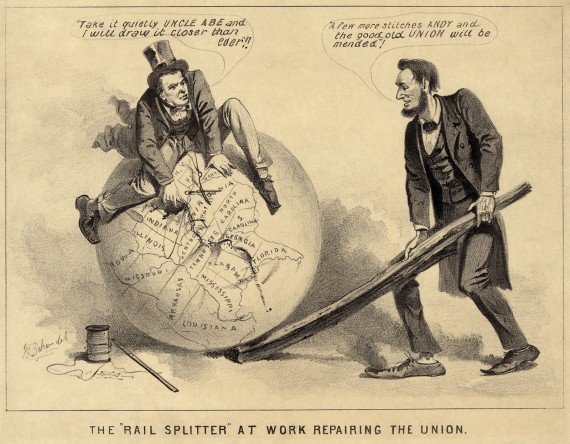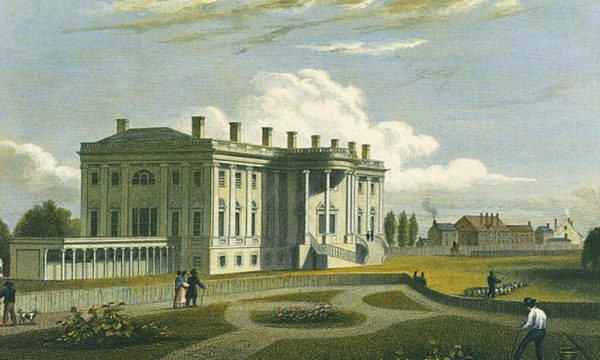I spent some time perusing my son’s sixth grade history book. I didn’t read it from back to front (yet), but just glanced through it. However, in that short span of time the fallacies, distortions and half-truths were pretty staggering.
To begin with, the book is definitely not on a sixth grade reading level. My child is, in his personal time, reading books about cars that were written for adults, and as a result, his understanding of that subject far surpasses my own. What this tells me is that he is certainly able to comprehend a “history” textbook that should be written on a much higher reading level than his is. I’d suggest that his history book is more along the lines of (what should be) a third or fourth grade comprehension. I can recall reading The Guadalcanal Diary in the fourth grade, and would suppose that my reading skills at that age were probably in line with the average reading level of my classmates. Today’s kids are reading below their level because the curriculum is written below their level. There is little “challenging” about this book in that regard.
The real issues though begin to unfold with the actual subject matter, and the means by which it is addressed. The authors, for example, in referring to the Constitution and our form of government use the terms “federal” and “national” interchangeably. These are two entirely different, even conflicting, forms of government, and yet they’d apparently have you believe that “federal” and “national” have the same meaning. If ours is a “national” government, then this necessarily negates “federalism”. I must presume that this is intentionally written this way as a means of confusing the issue. By referring to “federal” and “national” in such a manner, the authority of the individual States is necessarily negated in the discussion. Even worse is that nowhere in the book is the US government referred to as what it was truly intended to be- a “general government” created “for general purposes” wherein the States “delegated to that government certain definite powers, reserving, each State to itself, the residuary mass of right to their own self-government”. We are considered by much of the American populace today to be “one nation” that is “indivisible”. By any honest reading of our founding history, this is incorrect, but you’d never have the opportunity to discover that by taking sixth grade history.
It gets worse. In referring to the “nullification crises” of 1832, the textbook opines that Andrew Jackson, as President “opposed the view that states could reject, or nullify, laws of Congress and the crises ended.” There is no mention of the compromise forced on the general government by the State of South Carolina wherein the tariff was lowered over a period of ten years. The culmination of this pivotal episode in American history is literally relegated to one sentence which insinuates that “the President made his ruling and South Carolina was forced to comply.” Aside from being untrue, what is this teaching middle schoolers about the relationship between the States and their “general” government, not to mention the power of the Presidency? The convoluted manner with which this historical event is told is designed to cement the invalid notion of “federal supremacy”, as well as the monarchical status of the Presidential office, in the young minds of these students. And we wonder why Americans today have become so “nationalistic” in their thinking, not to mention in their voting habits. The indoctrination begins at an early age, and in most cases is never overcome.
Traditional conservatism and the ideas of self-government, on this continent, are stemmed from the Southern traditions of rugged individualism and a distrust of centralized authority. It appears to be the mission of this textbook’s publishers to hide, cover-up or distort this view. Therefore, the North is portrayed as a society that had embraced modernity in the antebellum era and as a result was characterized by “steamboats, steam powered trains”, “miles of railroad tracks”, improvements in “communication through the invention of the telegraph”, “factories” which “thanks to the new jobs which they provided” caused city populations to boom. In other words, the North is celebrated for its ingenuity and forward thinking in the arena of progress. With no mention of the vast cultural contributions by Southerners in the realms of governance, philosophy, agrarianism, science, literature or otherwise, the entire chapter on Southern society talks about “the cotton boom” and “the slave system” that it brought about, as well as, of course, the “poor living conditions” and “harsh punishment” inflicted by slave owners. The invective against the South that such a narrative entails will not be readily apparent to the casual observer, nor to the sixth grade mind. Rather, it is a more subliminal approach to injecting the desired “shame” and “humiliation” of being Southern into the thought processes of these students.
In the “reconstruction” segment of the book it is intimated that carpet baggers were Northerners who came South and “were not liked” by the Southern people. There is no mention of the causes for disdain against them. The fact that the South was under a brutal occupation, that former Confederates were stripped of both their firearms and the right to vote, and that they were being robbed, plundered and pillaged by these avaricious Yankees is glossed over. In mentioning reconstruction, the Klan is of course brought up, yet the Union Leagues who were organized by the Republican Party to terrorize the Southern people, both black and white, who did not submit to subjugation, are omitted. No, the insinuation by this textbook is that the Southerners were just naturally averse to having people among them who were simply trying to help.
I’m barely scratching the surface in my observations, but what little I’ve highlighted here should paint a clear illustration of what’s going on. The subjective manner with which they paint the South, and traditional conservatism by extension, in a vastly negative light would be readily apparent to most readers of the Abbeville Institute. But to the average sixth grade child what is omitted will simply go unnoticed and unquestioned. Many of these kids will grow to be adults without ever further examining any of this information, or without seeking out the proper context and historical completeness of those times and that era. The narrative of a “backwards” South, in contrast to the “ingenious”, “innovative” and “enlightened” North will in many cases stay with them for a lifetime. Moreover, as the book essentially jumps from the War Between the States to the Progressive era and all of the “wonderful” ways with which government “advanced” society, the message is clear- we are a “great nation” because of government, and presumably because the “Holy Union” was miraculously “saved”. Over the years many have opined that “reconstruction” ended in or around 1877. I see no evidence to that effect.






